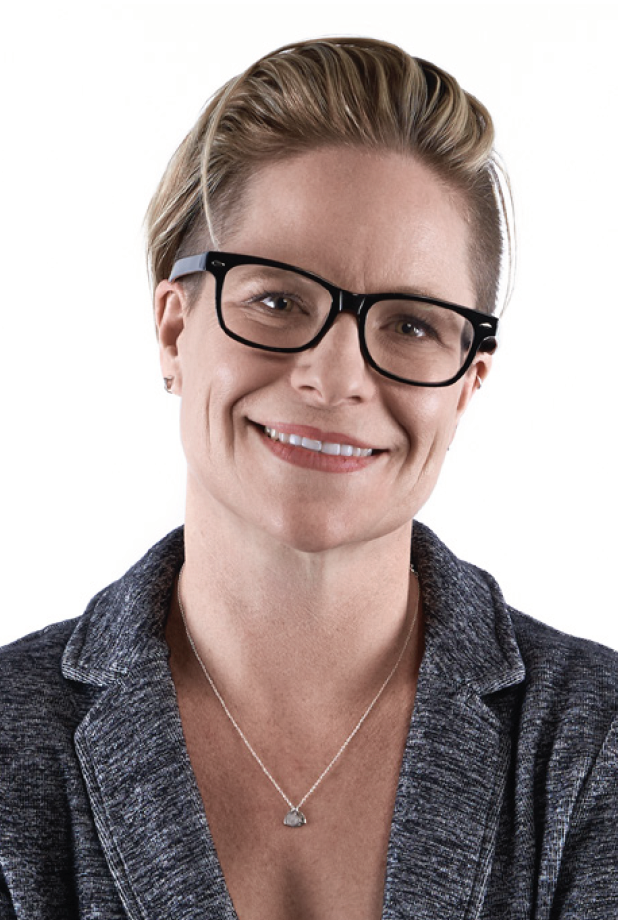Virtual Clinical Studies: Finding a Path to Execution
Applied Clinical Trials
The regulatory path for virtual studies is nebulous and potentially difficult to navigate-finding a way forward requires a thorough understanding of the terrain and how to apply existing legal frameworks.
Laura Podolsky

At a recent conference, a lawyer explaining blockchain stated: “Technology is advancing faster than it has at any point in history-and it will never move this slowly again.” Alongside that bewildering notion is the maxim that the pace of technological change always outstrips legal and regulatory change. The challenge, then, for cutting-edge companies in highly regulated fields is to keep any gap between our ever-changing work and the slowly changing governing laws as narrow and defensible as possible. We can disrupt, but we can’t disregard.
As one of the first companies to develop virtual clinical studies, Science 37 has had ample opportunity to explore this tension. Federal laws governing clinical research do not directly address virtual studies; state telemedicine laws have only recently been settled. Thus, in building the legal framework to center research around patients, we’ve had to think carefully about innovating without offending. I used to call this “bushwhacking”-cutting a path through a thicket of state and federal requirements. However, I’ve realized it’s more like tracking-finding the path that’s already there, if you learn how to look.
Luckily, we’re not the only scouts. The Clinical Trials Transformation Initiative (CTTI), a public-private partnership cofounded by FDA and Duke University, brought together numerous stakeholders in four working groups to explore different aspects of virtual studies; each produced a comprehensive set of recommendations.
Together, these findings provide a detailed survey of the virtual study terrain and thoughtful guidance on how to navigate it.
Unclear precedent
However, only by operating virtual studies can we address ground-level challenges. For example, an investigator and any licensed providers working under the investigator’s supervision generally must be licensed in the state in which the study participant is located. So, if a participant is located in State X, both the investigator working with that participant via telemedicine and the mobile nurse providing home-based study services must be licensed in State X.
But what if the participant needs to go to State Y for several months? The mobile nurse may be licensed in State Y, and can provide services there; but what if the investigator is not? Federal law does not address this question, nor do state laws typically go into such detail. Case law is unlikely to cover this instance.
Solution-minded
Without clarity, we look to core principles: participant safety, data integrity, and safeguarding the licensure of the healthcare providers involved. In the example mentioned, we may determine that a sub-investigator can conduct the visits that take place in State Y, while the mobile nurse remains the same, provided that we have properly documented this arrangement. Perhaps the participant returns to State X a few times during those months, and the visits are conducted then. Perhaps, in future studies, we ask participants about their upcoming travel so we can make the necessary arrangements in advance.
The solutions to these operational challenges don’t make for dramatic testimonials or flashy presentations, but they’re critical to making virtual studies work. In our experience, it takes courage, time, and an ironclad commitment to making research better for participants.
We have surveyed the terrain and discerned a compliant path forward. Now, to bring clinical studies into the digital age, we actually have to walk it.
Laura Podolsky, General Counsel, Science 37
